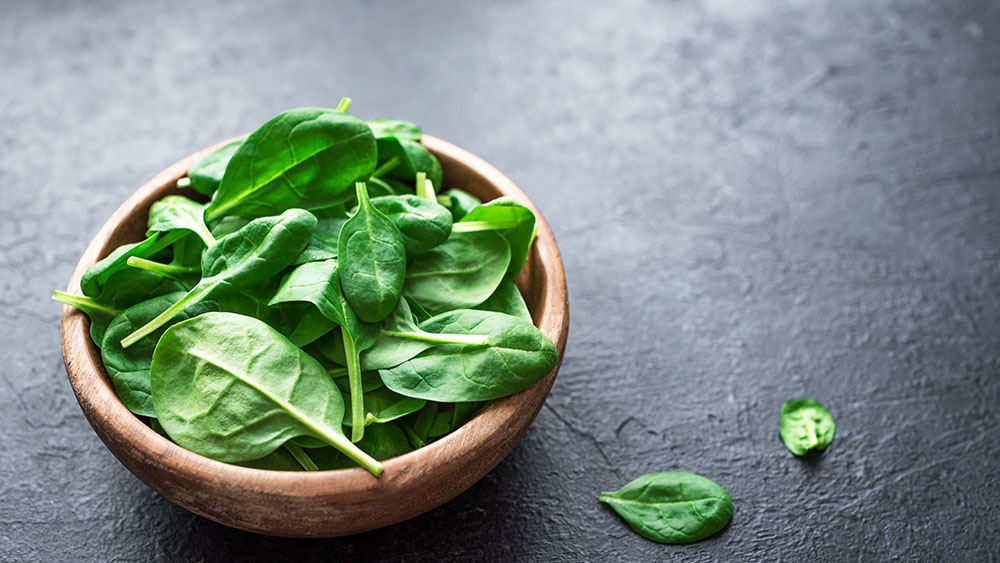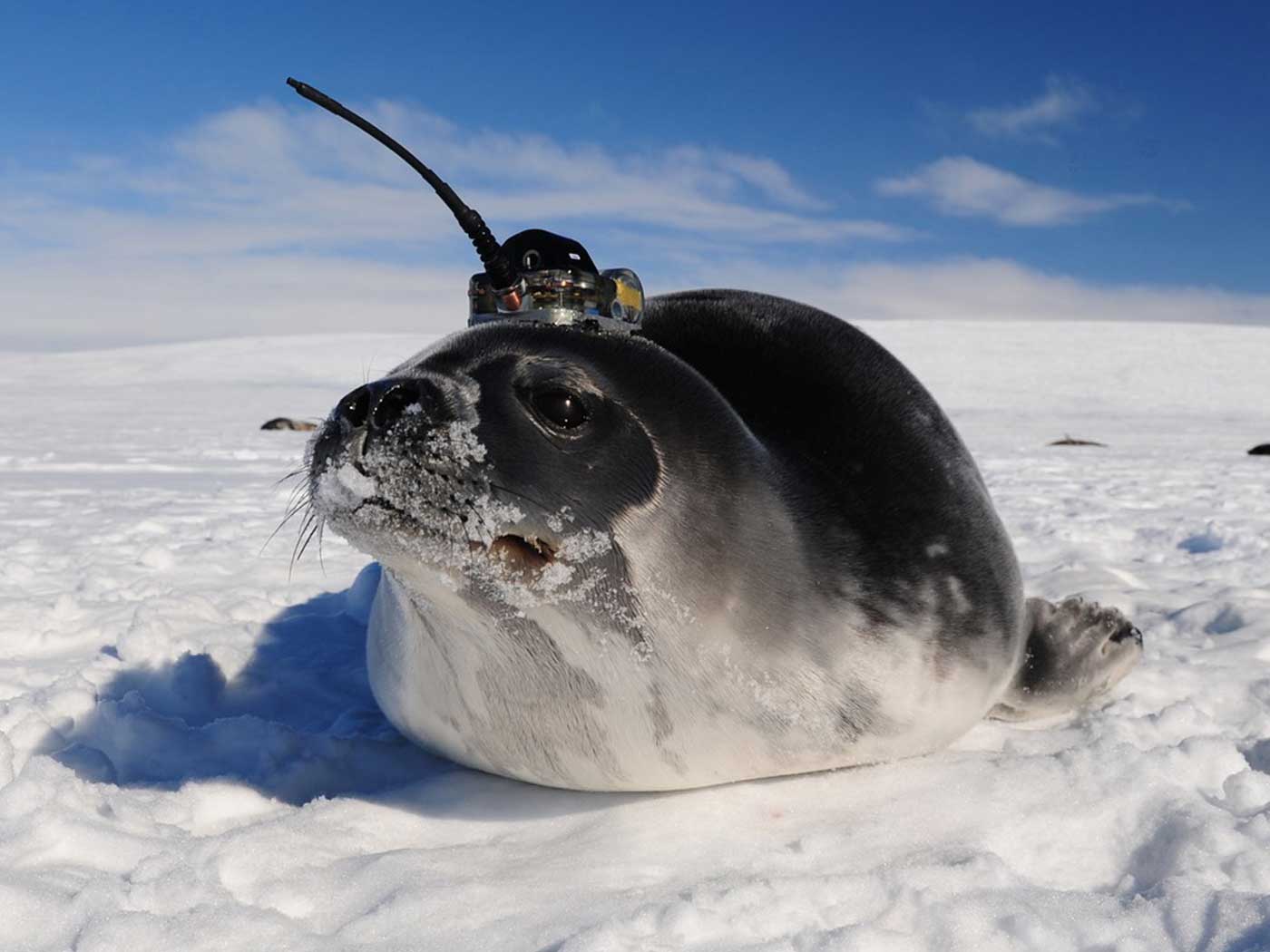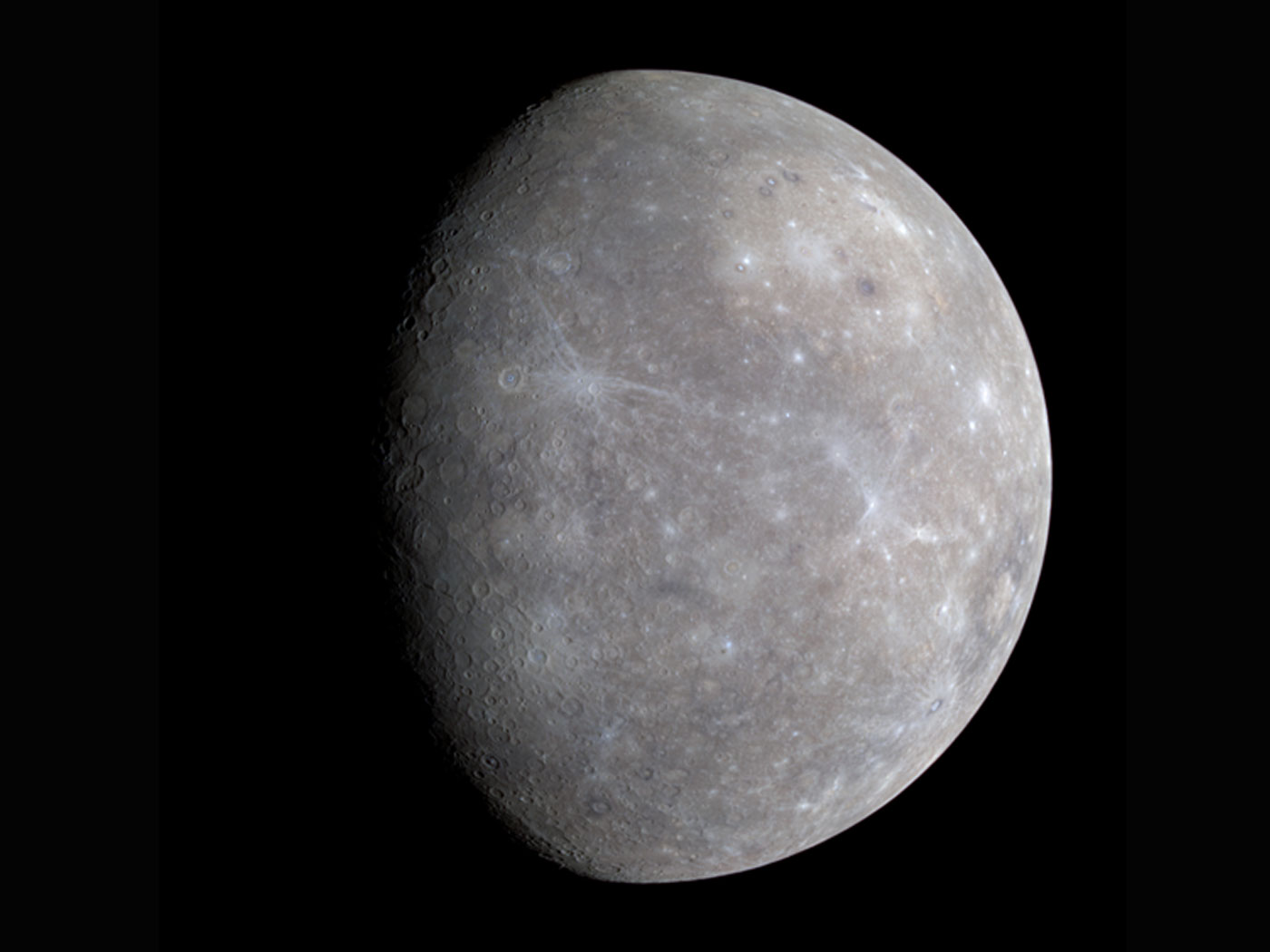One of the most complex biochemical processes in God’s creation is the ability plants possess to take in carbon dioxide and water and, with the aid of sunlight, turn it into energy-rich sugars. Most of us learned about this amazing process called photosynthesis in school. It’s designed to be the route by which virtually all energy enters Earth’s ecosystems. If you have studied photosynthesis, you can appreciate just how formidable this procedure is! So formidable that it still mystifies scientists.
The site of photosynthesis in plant cells are organ-like structures (organelles) called chloroplasts. These structures contain a chemical called chlorophyll—a major light-trapping pigment. God designed the photosynthetic process to operate in two phases.
2. The light-independent stage (the dark phase) that produces the sugars. Interestingly, one of the waste products of photosynthesis is oxygen.
The problem is most evolutionists see photosynthetic organisms as possibly one of the first life forms on this planet billions of years ago. They cannot say for sure, of course, because all the supposed evidence of Darwin’s “warm little pond” containing the first photosynthetic life has been shown to be nonexistent. Evolutionists are left with hypothesis and conjecture in suggesting that this complex process may have spontaneously begun 3.4 billion years ago.2
A discovery has recently been made at the Lawrence Berkeley National Laboratory regarding a large protein enzyme complex crucial to photosynthesis.3 Energy-rich electrons, via energy from sunlight, are shuttled between various protein complexes in something called the electron transport chain or system—containing cytochromes, iron-sulphur proteins, quinones, and other compounds. Scientists are now using one of the most advanced microscopes in the world to determine how this complex functions. It’s just as amazing as it is sophisticated. The complex is called NADH and has been known for decades, but scientists never had a molecular blueprint that showed how the atoms were arranged (connectivity) for the important photosynthetic functions. Biophysicist Karen Davies stated,
In this 21st century, brilliant scientists are using the best equipment and millions of research dollars to unearth the intricate details—at the atomic level—of photosynthesis. Every atom necessary for photosynthesis to function was precisely placed into this complex. This implies precision design and engineering with a benevolent motive.
This implies precision design and engineering with a benevolent motive. ![]()
Did it just happen by chance and random events billions of years ago, or is this clear evidence of purpose and plan? “For since the creation of the world His invisible attributes are clearly seen, being understood by the things that are made, even His eternal power and Godhead, so that they are without excuse” (Romans 1:20).
References
1. Deep within spinach leaves, vibrations enhance efficiency of photosynthesis. Michigan News. Posted on unmich.edu on July 13, 2014, accessed February 17, 2019.
2. Howard, V. 2018. Photosynthesis Originated A Billion Years Earlier Than We Thought, Study Shows. Astrobiology Magazine. March 7, 2018.
3. New molecular blueprint advances our understanding of photosynthesis. PhysOrg. Posted on Phys.org Feb. 15, 2019, accessed Feb. 20, 2019.
*Mr. Sherwin is Research Associate is at ICR. He earned his master’s in zoology from the University of Northern Colorado.
























